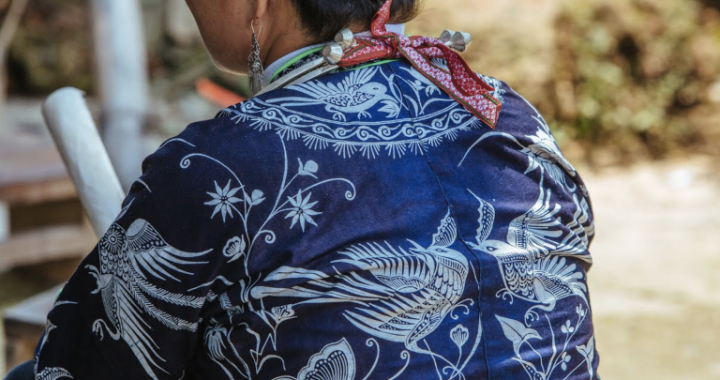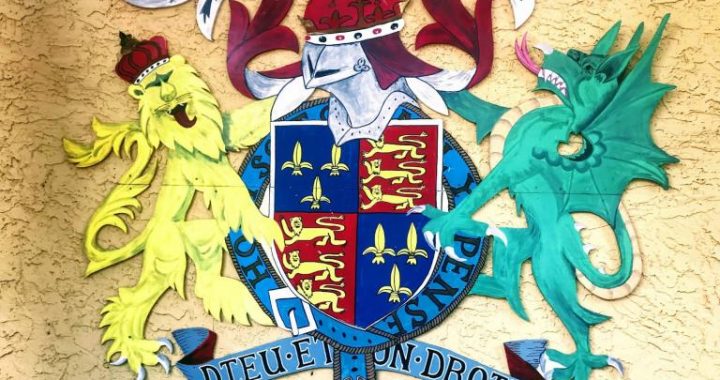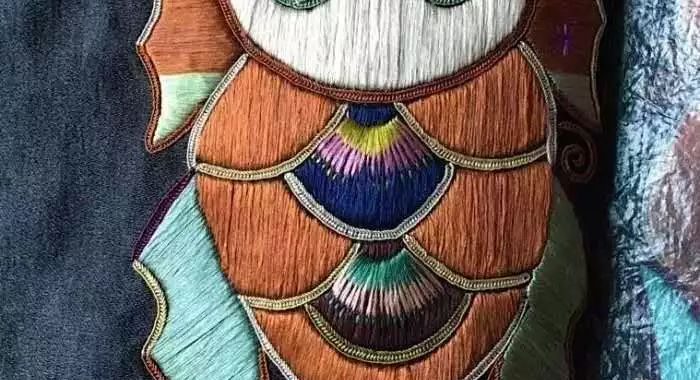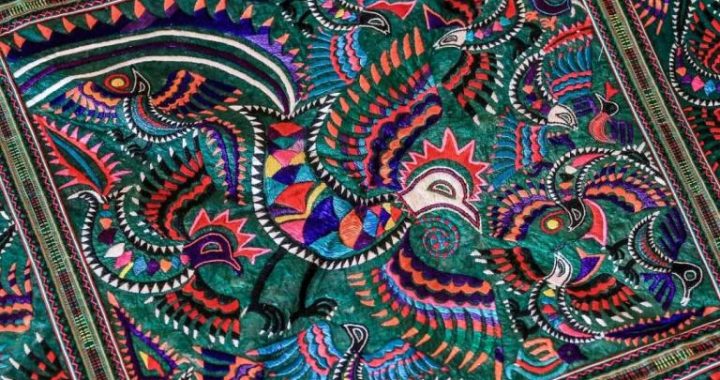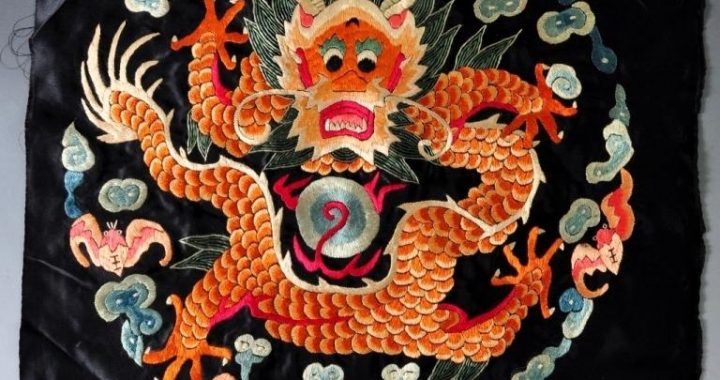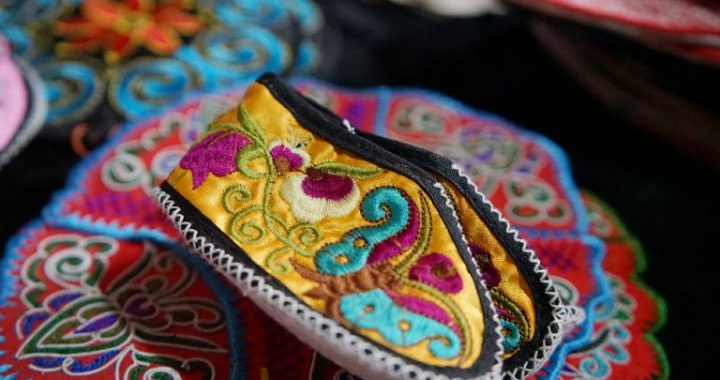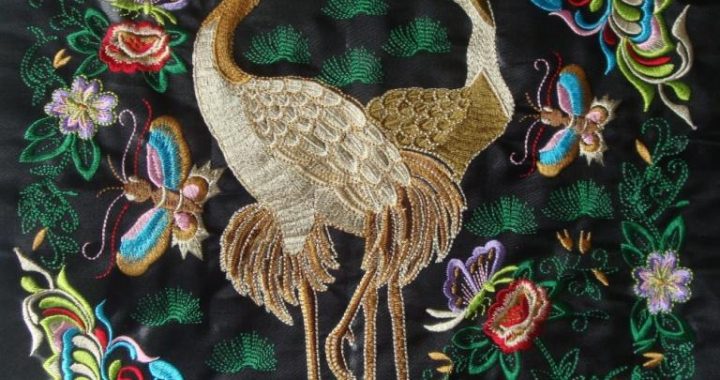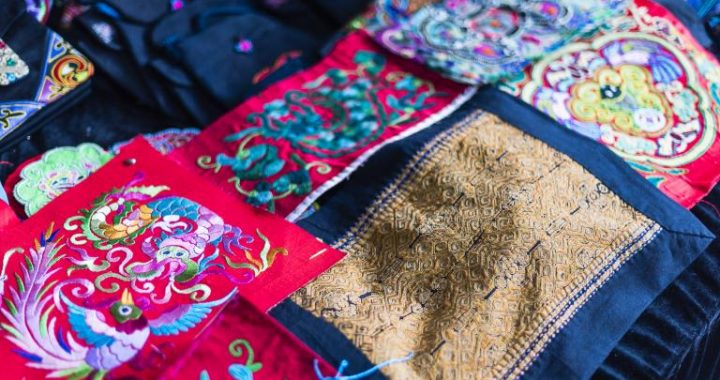Dress of the Zhou Dynasty
5 min readIn Chinese history,the Zhou dynasty was divided into the Western Zhou dynasty and the Eastern Zhou dynasty.As the rulers of the Eastern Zhou dynasty had lost the control of state power fighting happened frequently between slave-owners with strong powers,of which the most famous were the five powerful chiefs of the Spring and Autumn period and the seven powerful states of Warring States period.So people usually call the Eastern Zhou dynasty as the Spring and Autumn-Warring States period.
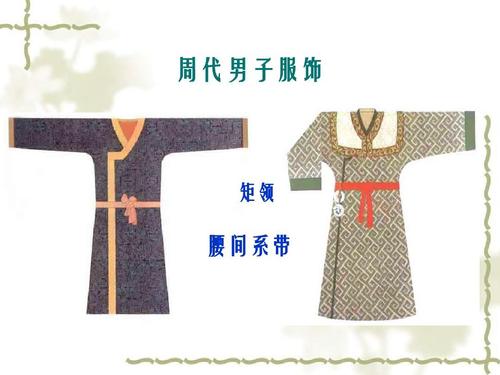
In the Zhou dynasty,the social economy based on the Shang dynasty made further progress.The court set up special agencies to manage the textile industry,especially the material production.In this way,the division of labor in the manufacturing of Chinese traditional dress became more obvious,and the dress materials were much more abundant.Dress,as a symbol of status and an external manifestation of dress ritual regulations,gradually formed a system of its own,which all people,up to the emperor and down to the common people,must abide by.
The strict hierarchy endowed the dress with striking hierarchical contents.Later,the crown clothing system and the system of official costumes were also set up.The dress system of the Zhou dynasty had a great influence on the Chinese ancient society,and the system of official costumes had been extended to the end of the Qing dynasty.
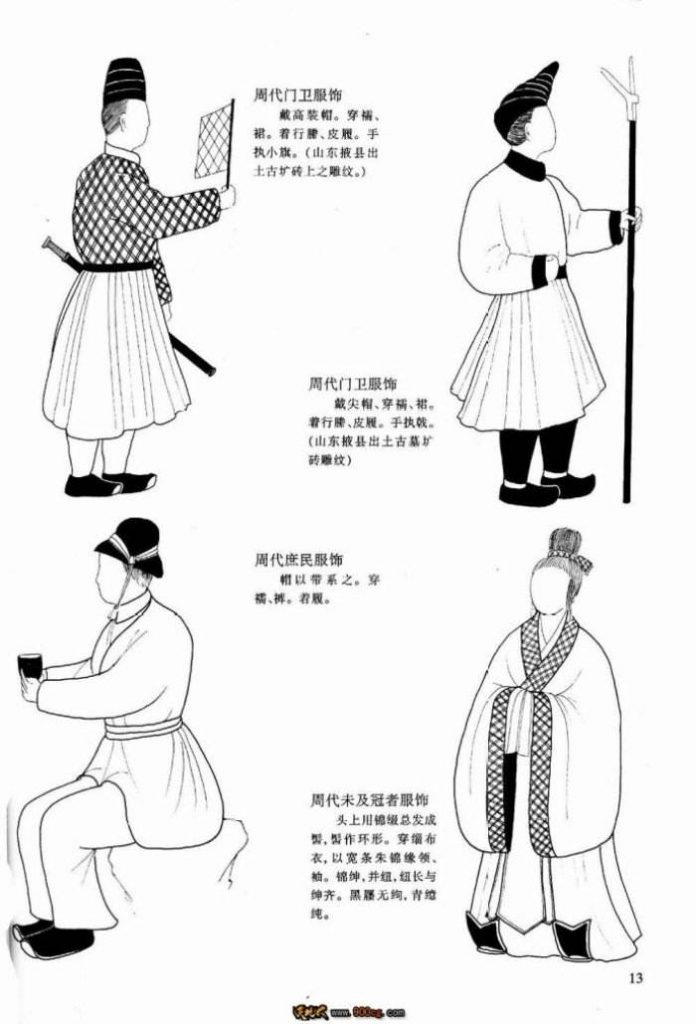
From the man-shaped cultural relics unearthed at the site of the Zhou dynasty,we can see that the dress designs during the period were both simple and complex,but the distinction between the upper clothes and lower skirt had been quite obvious,which,to some extent,laid a foundation for the basic design of Chinese dress.In the Zhou dynasty the dress sleeves had differences in width and 1ength,and the long and wide dress pattern began to appear in this period.The collar was mostly straightened down from upside,which gave prominence to personality.The hatchet hanging down the belly of the man-shaping figure was quite similar to weiji,an ornament shaped like animal head,which was made of red painted leather.In addition,another dress design called”red covers”was an ornament covering theproportion of leg between hip and knee,which also embroidered with decorative paint.In the later dynasties,such ornament was called”knee hide”.The dress of the Zhou dynasty inherited the dress characteristics of the Shang dynasty,and had influence on the dress in the Qin and Han dynasties.Another thing worth mentioning is that the Chinese characters”衣裳”(yishang)from then on,became a general designation for Chinese traditional dress.
In the Western Zhou dynasty,hierarchy was set up gradually.Officials could not overstep the regulations on their dress,thus the correspondent crowning clothing system was also established in the period.In the Zhou dynasty,the official position of”sifu”,”neisifu”and so on were set up to deal with the dress designs for the royal family.In addition,numerous officials,such as yufu,siqiu,fengren,ranren,zhuish,were also appointed to be responsible for the design and manufacture of different dresses based on the social status and dressing habits of the courtofficials.To show their dignity and majesty,the royal members,the noble families and the ministers should wear hats and dresses of different colors,patterns and drawings in different occasions in accordance with the ritual regulations.The most famous one is the”twelve ornaments”recorded in the Chinese ancient document Shangshu(The Book of History)according to which the symbolic motifs of”the twelve ornaments”are the sun,the moon,stars,mountain,dragon,huachong(pheasant),zongwei(tiger and monkey),alga,fire,rice,fu(a square patch on official costume embroidered with white and black axes),and black and blue figure.
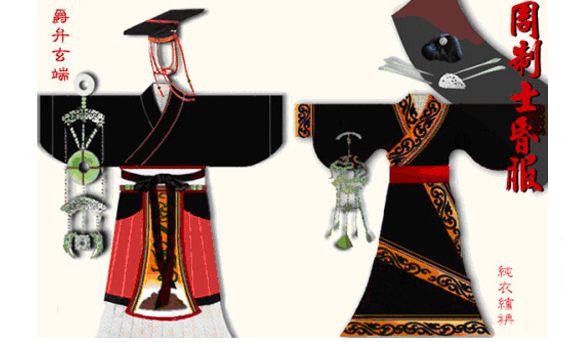
In the Spring and Autumn-Warring States period,the royal family of the Zhou dynasty began to decline,the five powerful chiefs of the Spring and Autumn period and the seven powerful states of Warring States period each did things in their own way.On the one hand,they were competing in the development of production and paid attention to commodity circulation; on the other hand, they annexed the small and weak states and seized the land and wealth of other states. Due to the developmentand application of iron tools and a large number of skilled craftsmen captured by these states in particular, the communication and improvement between various handicraft industries were promoted. As a result of the industry competition, all the aspects ranging from textile materials to the technology of garment cutting out and the ornament art had been profoundly influenced. There were a lot of quality dress materials and bands appeared in the market, booming the development of dress style. Meanwhile, the atmosphere of “contention of a hundred schools of thought’ among the scholars of the Warring States period played an important role at thattime in promoting cultural and academic development, making fine dress popular in the society.
As far as the clothing of the Spring and Autumn-Warring States period is concerned, there is an obvious difference between the loose and comfortable dress of upper circles and the narrow and fit dress of the lower class. In the dress form, there are two styles worth mentioning: one is shenyi(a large and loose garment), theother is Hu dress(dress developed by Hu people-an ethnic minority group of ancient China). Shenyi means to hide the body inside, which serves as either the informal dress of scholar-officials when staying at home or the full dress of the regular people as wel1. There is no difference between men’s dress and women’s dress. The style might be formed at the turn of the Spring and Autumn period.
Through observing the objects unearthed at the site of a Chu tomb in Mashan, we notice that shenyi is a combination of previously separate upper and lower garments, but still remains a line between the two parts, so the upper and lower garments are not sewn together. According to records, shenyi has four different names: shenyi, changyi, mayi, and zhongyi. According to unearthed artifacts of the Spring and Autumn-Warring States period, the dress with the upper clothes and lower skirt combined together has a large portion, and can be worn for many purposes; some ma be regarded as an altered style of shenyi. In 307 BC the king Wulin of Zhao state promulgated a decree, asking his subjects to wear the Hu dress and shoot on horse.
The typical dress includes a dress that is not too long (just reaches one’s knees)a metal-decorated belt at the waist with belt hooks and a pair of boots. The Hu dress ia known for its convenience in shooting on horse. Actually, its style is similar to the short clothes worn by slaves and other working people in Central Plains; the only difference lies in that its pants have no slit in the seat.
There was a variety of dress patterns in the Spring and Autumn-Warring States period. In addition to shenyi and Hu dress, there were some other patterns for musicians, dancers and hunters.
